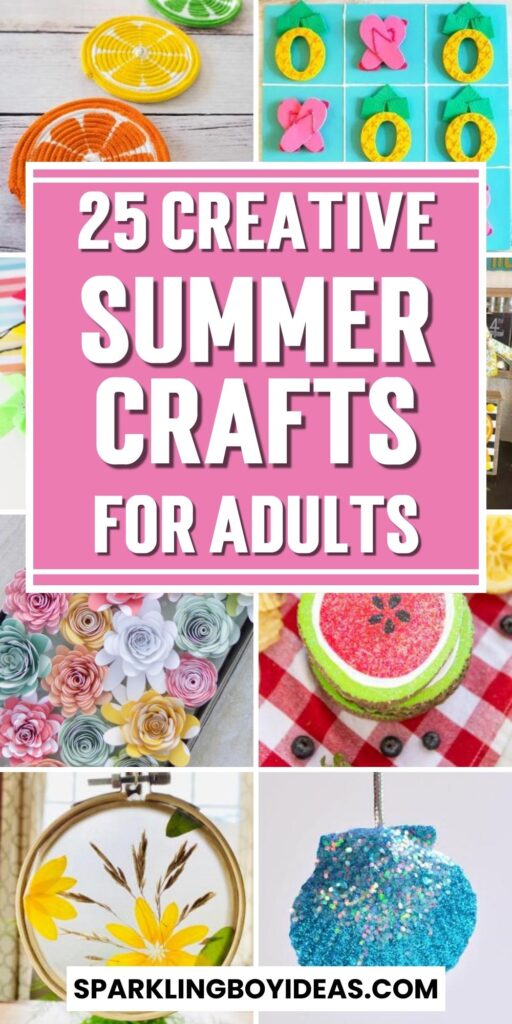Explore our top picks for DIY summer crafts for adults. Dive into DIY summer home decorations, beach-themed crafts, and easy outdoor craft projects. Discover eco-friendly nature crafts, garden decor ideas, and handmade jewelry to enhance your summer vibe. Perfect for personalizing your space or gifting, these summer arts and crafts promise fun and relaxation. Whether you’re into upcycling projects, patio decorating, or making DIY summer wreaths, we have something for every crafter.
Summer is a great time to engage in various crafting activities.
However, most craft materials are made from non-renewable resources, which harm the environment.
Using eco-friendly and sustainable materials is essential to minimize the negative impact on the environment.
This article discusses some eco-friendly and sustainable materials and techniques that you can use in your summer crafts.

Eco-Friendly & Sustainable Materials & Techniques for Summer Crafts
Sustainable Materials for Summer Crafts
- Recycled Paper and Cardboard
- Natural Fibers (Cotton, Linen, Hemp)
- Biodegradable Glitter and Confetti
- Beeswax and Soy Wax
- Cork and Bamboo
- Natural Dyes
1. Recycled Paper and Cardboard
Recycled paper and cardboard are eco-friendly materials that you can use in various summer crafts.
You can use old magazines, newspapers, or even junk mail to create colorful and unique paper mache crafts.
Cardboard boxes can be used to create decorative and functional items such as storage boxes, birdhouses, and picture frames.
2. Natural Fibers
Natural fibers such as cotton, linen, and hemp are eco-friendly and sustainable alternatives to synthetic fibers.
You can use these fibers to create summer clothes, bags, and accessories.
Natural fibers are breathable, comfortable, and durable, making them perfect for summer crafts.
3. Biodegradable Glitter and Confetti
Traditional glitter and confetti are made from non-biodegradable materials, which can take years to decompose.
Biodegradable glitter and confetti are eco-friendly alternatives made from natural materials such as plant cellulose.
You can use biodegradable glitter and confetti to add some sparkle to your summer crafts without harming the environment.
4. Beeswax and Soy Wax
Beeswax and soy wax are eco-friendly and sustainable alternatives to paraffin wax, which is derived from petroleum.
You can use beeswax and soy wax to create candles, lip balms, and lotion bars.
Beeswax and soy wax are renewable resources that produce less soot and toxins when burned.
5. Cork and Bamboo
Cork and bamboo are renewable resources that are eco-friendly and sustainable.
You can use cork to create coasters, trivets, and placemats.
Bamboo can be used to create kitchen utensils, cutting boards, and decorative items.
6. Natural Dyes
Natural dyes are eco-friendly alternatives to synthetic dyes, which are harmful to the environment.
You can use natural materials such as fruits, vegetables, and flowers to create vibrant and unique colors for your summer crafts.
Natural dyes are safe, non-toxic, and biodegradable.
Sustainable Techniques for Summer Crafts
- Upcycling
- Zero-Waste Crafting
- Composting
1. Upcycling
Upcycling is the process of transforming waste materials into something new and useful.
You can use old clothes, furniture, and household items to create unique and eco-friendly summer crafts.
Upcycling is a great way to reduce waste and promote sustainability.
2. Zero-Waste Crafting
Zero-waste crafting is a sustainable technique that involves using every part of a material to create a craft.
You can use scraps of fabric or paper to create patchwork quilts, collages, and cards.
Zero-waste crafting is an excellent way to minimize waste and promote sustainability.
3. Composting
Composting is the process of breaking down organic matter into nutrient-rich soil.
You can use compost to fertilize your garden and grow plants for your summer crafts.
Composting is an eco-friendly technique that reduces waste and promotes sustainability.
Cheap Easy Summer Crafts For Adults To Make
“ Affiliate links are provided for your convenience, please read my disclosure for more information.”
25. Dollar Store Hanging Flower Basket
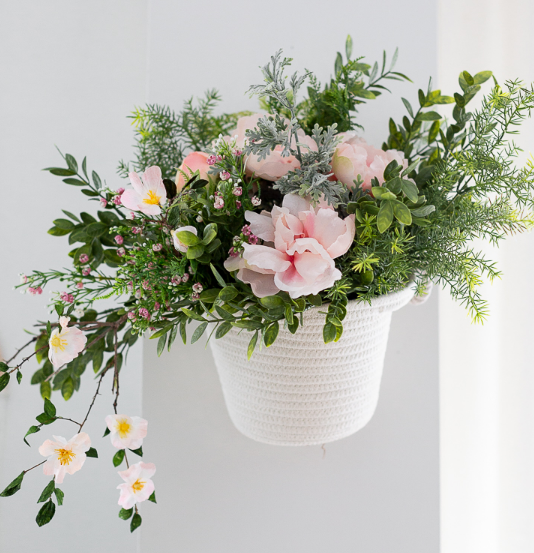
Credit: Craft Berry Bush
24. The Rocky Bucket
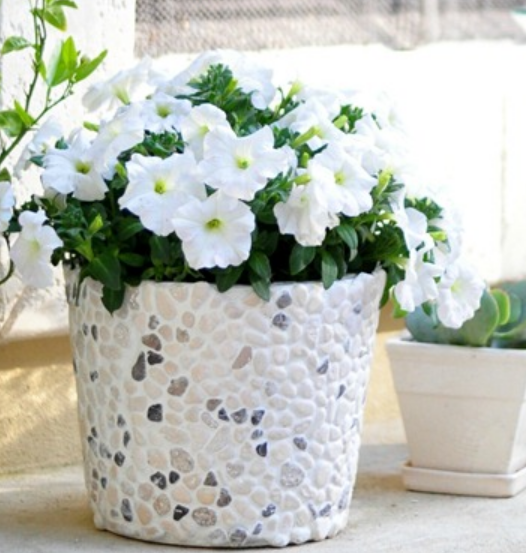
Credit: Centsational Style
23. Seashell Ornaments
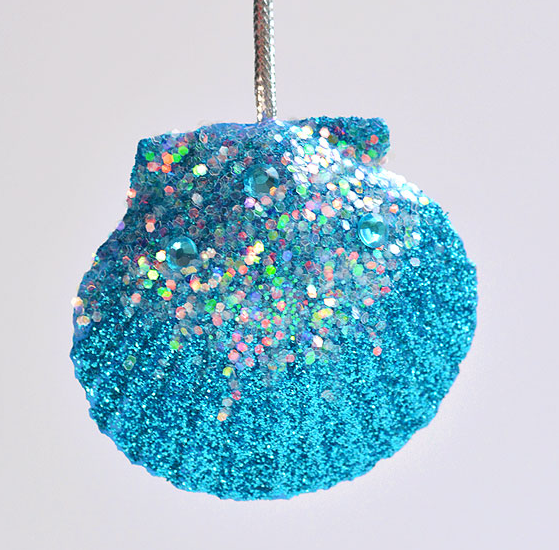
Credit: One Little Project
22. Pom Pom Rug

Credit: Little Yellow Wheel Barrow
21. Coffee Filter Flowers
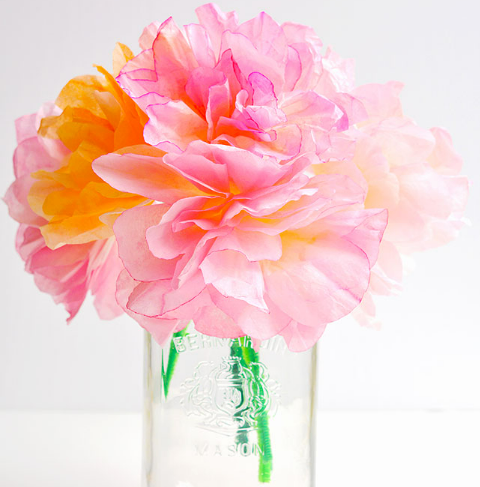
Credit: One Little Project
20. DIY Watermelon Coasters

Credit: Made To Be A Momma
19. DIY Watermelon Soap

Credit: Happiness Is Homemade
18. Glitter Sea Shell Picture Frame
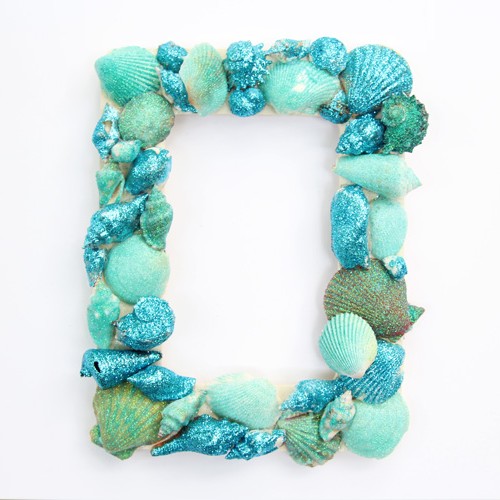
Credit: One Little Project
17. Drift Wood Orb

Credit: Creative In Chicago
16. Fish Favor Bag

Credit: Oh Happy Day
15. DIY Beach Themed Tags & Treat Bags
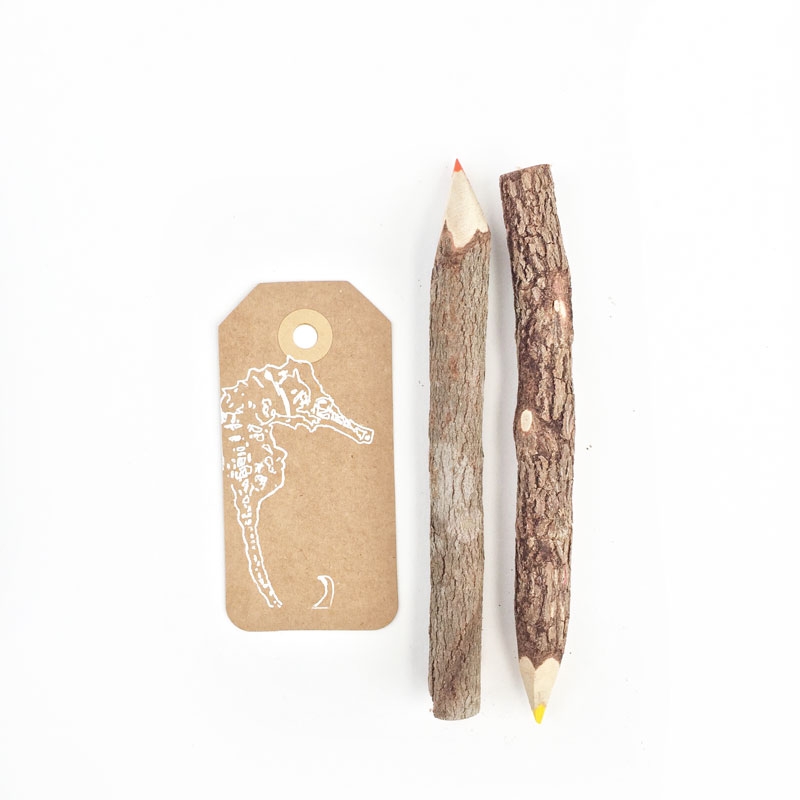
Credit: Maritza Lisa
14. DIY Wrap Bangles
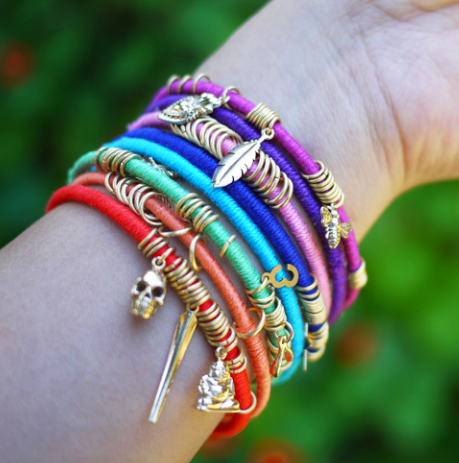
Credit: Honestly WTF
13. DIY Macrame Hammock

Credit: Hunker
12. Summer Tic-Tac-Toe Game

Credit: Rose And Whiskers
11. DIY Pinwheel

Credit: The Idea Room
10. String Art Heart
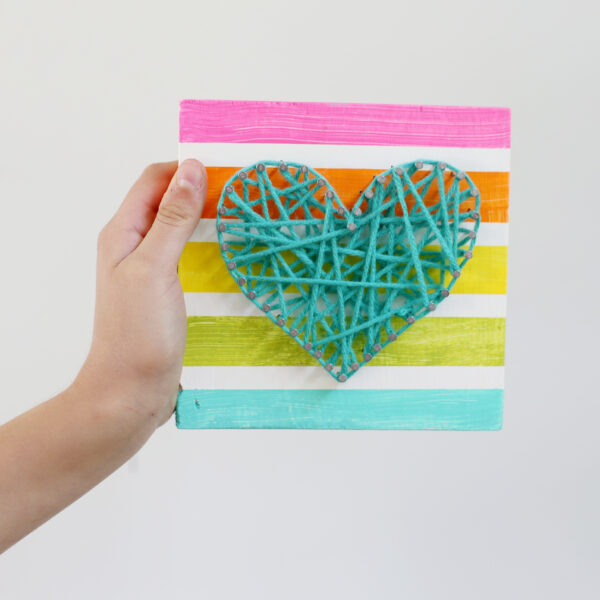
Credit: Sugar Beer Crafts
9. DIY Jars Necklaces

Credit: Mom Dot
8. DIY Macrame Hanging Planters

Credit: Brit
7. DIY Sweet Summer Watermelon Button Craft
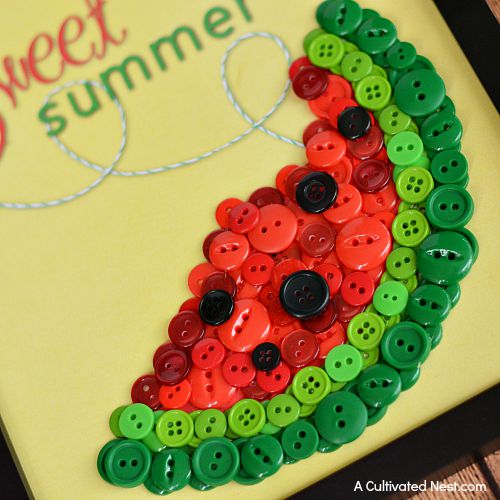
Credit: A Cultivated Nest
6. DIY Paper Flower Centerpiece

Credit: The Happy Scraps
5. DIY Rope Coasters

Credit: The Idea Room
4. Mosquito Repellent Candles
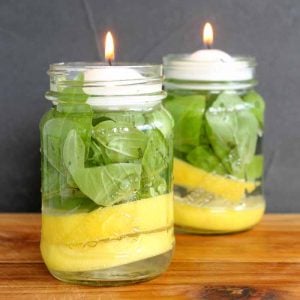
Credit: The Country Chic Cottage
3. DIY Lemon Layered Frame

Credit: Manda Panda Projects
2. 5-Minute Bubble Painting Hydrangea Flowers

Credit: A Piece Of Rainbow
1. DIY Sunflower Suncatcher Craft

Credit: Messy Little Monster
FAQs
Q. What is upcycling, and how is it different from recycling?
Upcycling is the process of transforming waste materials into something new and useful, while recycling is the process of converting waste materials into new products. Upcycling involves creating a higher-value item from waste materials, while recycling involves breaking down waste materials and turning them into new products.
Q. How can I compost my craft materials?
You can compost natural materials such as paper, cardboard, and plant-based fibers. You can also compost food scraps, yard waste, and other organic materials. To compost, simply create a compost pile or use a compost bin, and add your materials to the pile. Be sure to mix your materials regularly and keep the compost moist.
Q. What are some examples of natural dyes?
Some examples of natural dyes include beetroot, turmeric, blueberries, and avocado skins. You can use these materials to create vibrant and unique colors for your summer crafts.
Q. How can I make my summer crafts more sustainable?
You can make your summer crafts more sustainable by using eco-friendly and sustainable materials such as recycled paper, natural fibers, and biodegradable glitter. You can also incorporate sustainable techniques such as upcycling, zero-waste crafting, and composting.
Q. Where can I find eco-friendly and sustainable materials for my summer crafts?
You can find eco-friendly and sustainable materials for your summer crafts at eco-friendly craft stores, online marketplaces, and sustainable living websites. Be sure to check the materials’ certifications and read product reviews before making a purchase.
Q. What is zero-waste crafting, and how can I incorporate it into my summer crafts?
Zero-waste crafting is the practice of creating crafts without generating any waste. This can involve using every scrap of material, composting leftover scraps, and avoiding single-use materials. To incorporate zero-waste crafting into your summer crafts, try to use every part of your materials and avoid using materials that will end up in the landfill.
Q. How can I use recycled materials in my summer crafts?
You can use a variety of recycled materials in your summer crafts, including old magazines, newspapers, cardboard boxes, and plastic containers. These materials can be transformed into beautiful and unique crafts, such as paper mache bowls, magazine coasters, and plastic bottle planters.
Q. Are there any eco-friendly alternatives to traditional paints and markers?
Yes, there are many eco-friendly alternatives to traditional paints and markers. You can use natural dyes, or food coloring, or make your own paints using ingredients such as flour, salt, and water. You can also use plant-based markers or non-toxic markers made from recycled materials.
How can I incorporate sustainable practices into my crafting routine beyond just using eco-friendly materials?
You can incorporate sustainable practices into your crafting routine by reducing your overall consumption of materials, repairing and reusing broken or damaged items, and donating or selling unwanted materials. You can also support local and sustainable businesses and choose materials that are certified organic, fair-trade, or cruelty-free.
Q. What are some ways to make my summer crafts more energy-efficient?
You can make your summer crafts more energy-efficient by using natural lighting instead of electric lighting, using energy-efficient tools and equipment, and choosing materials that require minimal energy to produce or transport. You can also consider using renewable energy sources such as solar or wind power to power your crafting activities.
Now comes the important question… Which summer crafts for adults do you like the most? Please let me know in the comments.
Few more summer crafts!!!
Want to save this for later? Post these Summer Crafts For Adults to the “Summer Crafts” OR “Summer Craft Ideas” Board!
